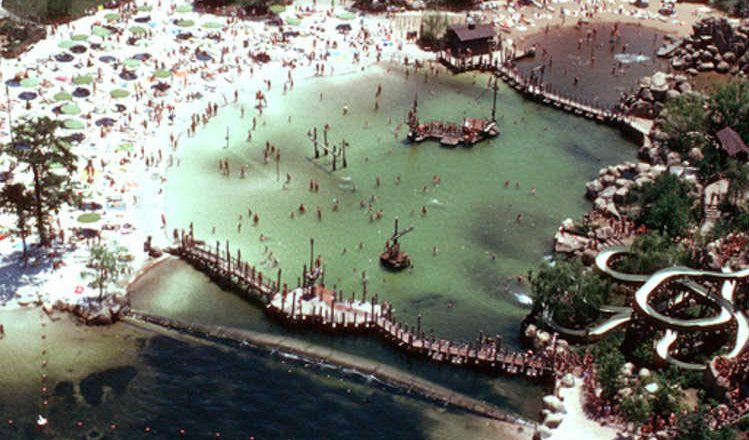
This table will tell you that Baynes Channel runs at about 75% of Race Passage and 15 minutes earlier, regardless of the direction of flow.

Once you have this information, you can now use the ‘secondary current stations’ listed on page 135 to find a listing for Baynes Channel. The minus sign refers to the Ebb or water flowing out (a westward direction at Race) and the positive sign is the Flood or inflow (eastward).

The times of the turn to Ebb and Turn to Flood (essentially slack water), as well as the time of the m aximum current flow are listed. This is the closest ‘main current station’ to Chatham & Discovery Islands. Go to page 68 of the CT&CT and you will find a listing for Race Passage. The Canadian Tide and Current Tables are available online by clicking the link. The currents in Mayor Channel and Plumper Passage run approximately half that of Baynes Channel, so you can approximate what the currents are doing from this data. The currents in Baynes Channel, (between 10 Mile Pt and Chatham Island), run approximately half the speed of Race Rocks and do so 15 minutes earlier, regardless of the direction of flow. Just click ‘Find a Station’ and select Race Passage. An easy way to check the currents is with the phone app called Aye Tides.
#DISCOVERY ISLAND HOW TO#
How to Check the Currents Aye Tides Phone Appġ. Strong eddylines (the transition between the main current and slower water near the shoreline) can easily capsize unwary paddlers. Tide rips will occur here and there is a likely possibility of wind against current in these zones creating larger, steeper waves. Warning: If currents are running more than 2 knots in the main channels, caution should be exercised. This is particularly relevant around southern Vancouver Island. Importantly, you need to understand that times of high and low tide do not correspond to changes in current direction, so you cannot use tide tables to predict currents. A current station, on the other hand, measures the speed and direction of the water moving past a location. The differences between tides and currents.Ĭurrents are generated by changing tidal action however, tides only refer to the depth of the water at high and low water at a particular location. So it is important to understand what they are doing, including the direction they are flowing and how strong. It is very likely you will experience a change in the direction of currents during a trip to Discovery Island. Here are some recommended sites for good wind forecasts: What was a nice calm crossing with light winds in the morning may change to steep breaking waves with a change of current direction in the afternoon.

This means it is imperative that you are aware of the current and wind changes that may occur. You will most likely run into tide rips in the channels on this trip, which in themselves can present challenges to the inexperienced paddle, but wind against the current will create larger, steeper waves in these zones. Our recommendation for most paddlers is to keep the winds under 10-12 knots or 18 – 24 kph. Most importantly, check the winds (speed & direction) forecast for the day at the sites posted below. Sea Lions off Discovery Island Planning Your Trip Check the Weather Forecast


 0 kommentar(er)
0 kommentar(er)
